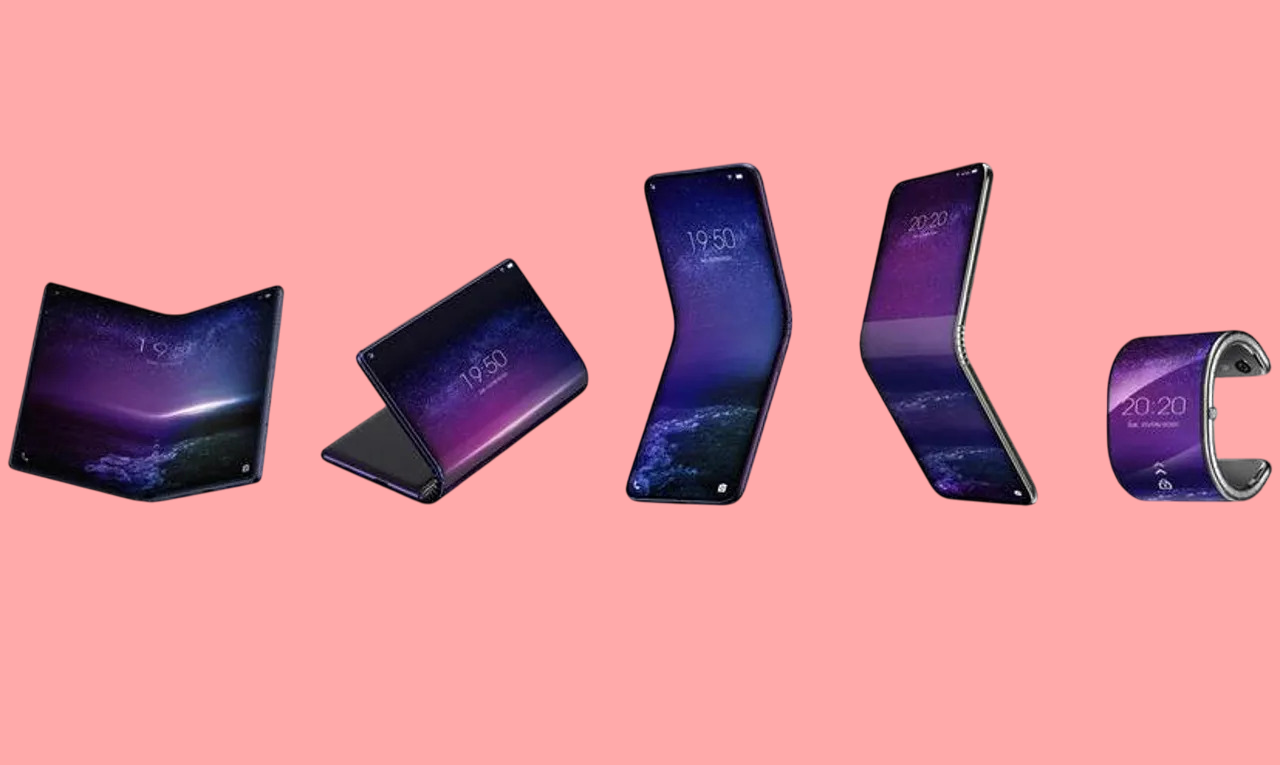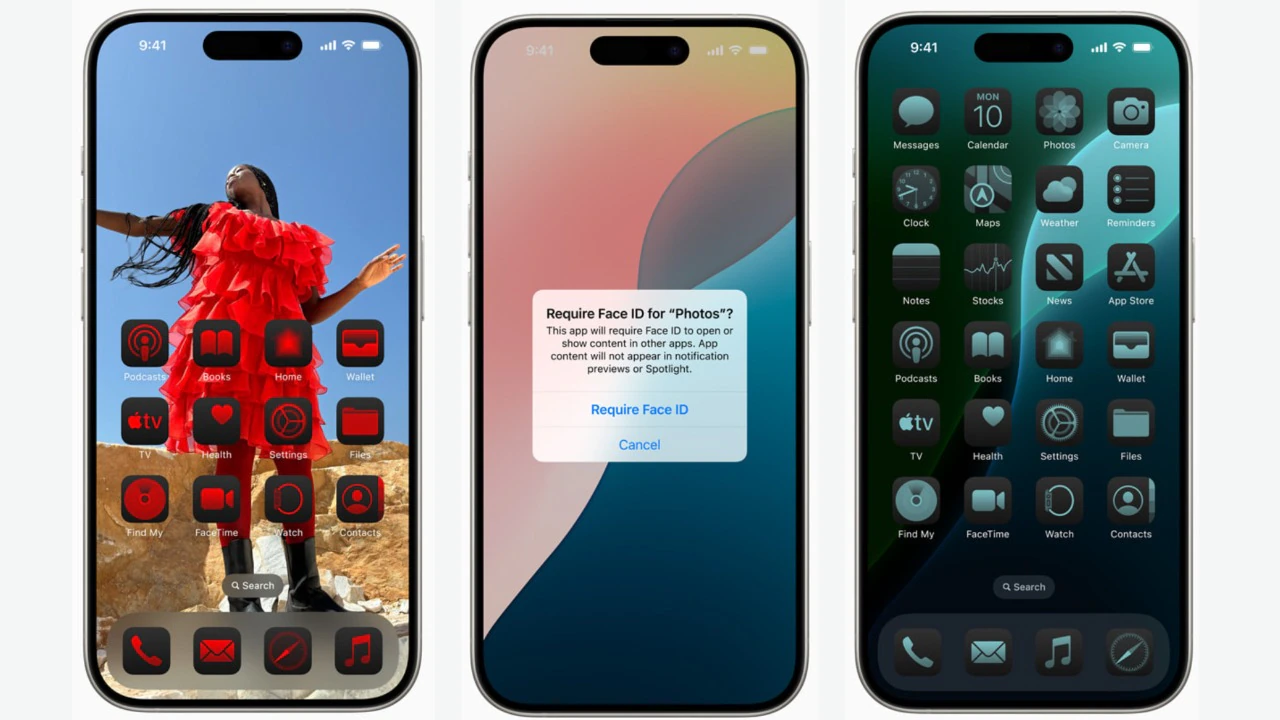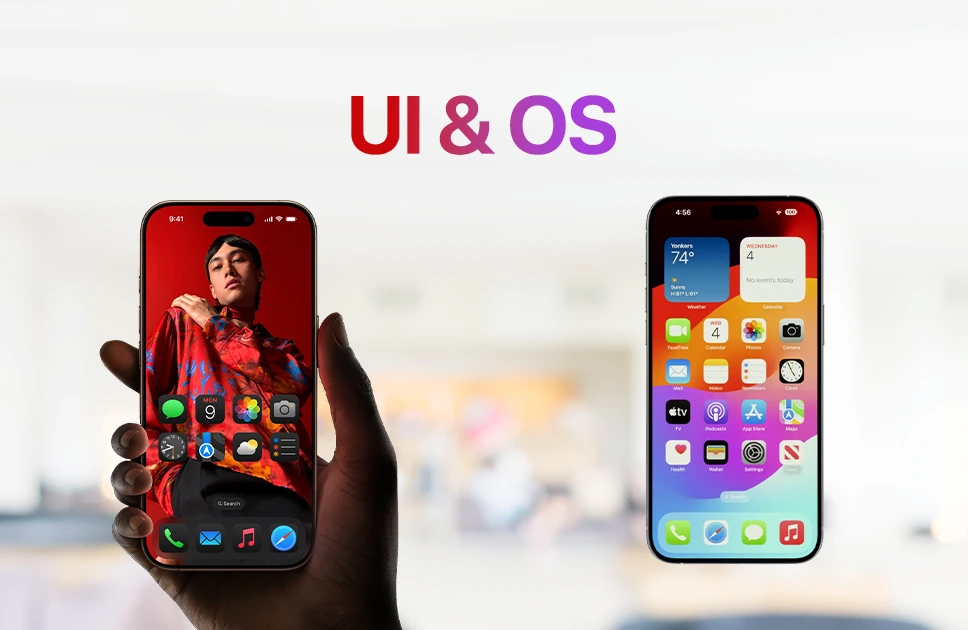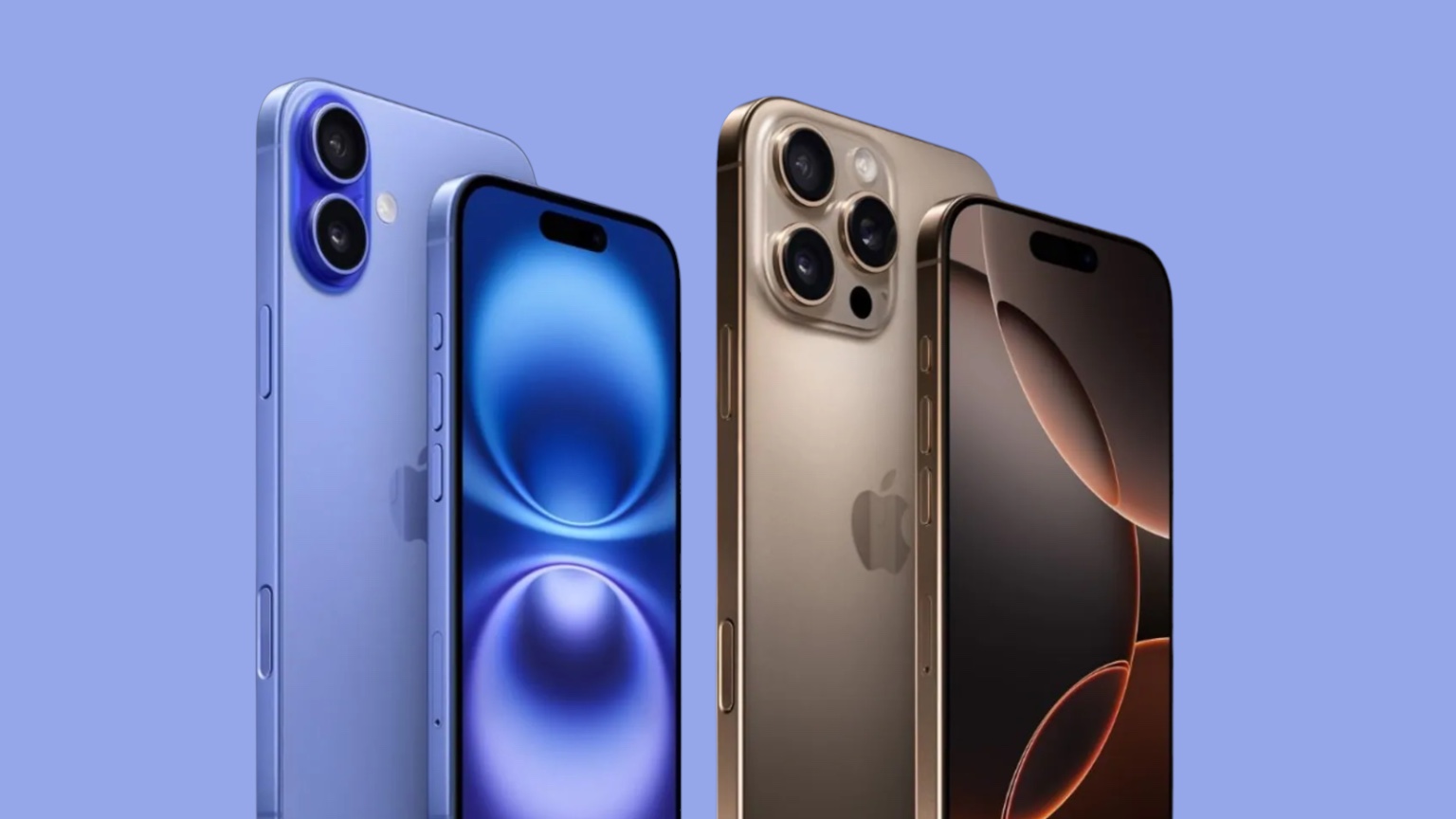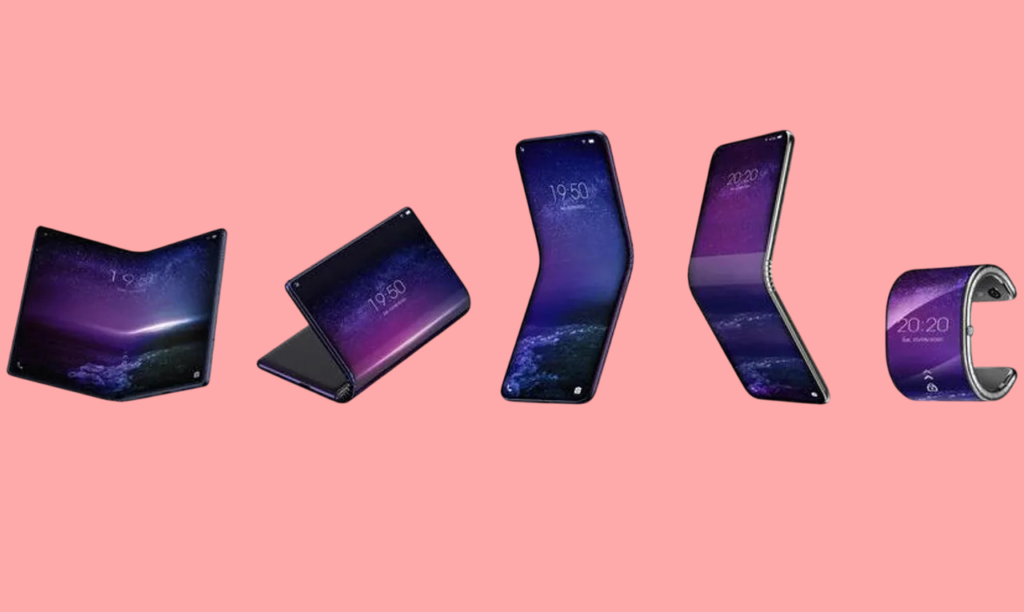
Foldable phones have captured the imagination of tech enthusiasts and casual consumers alike, emerging as one of the most exciting innovations in the smartphone industry. As we approach 2025, the evolution of foldable phone technology is poised to redefine how we interact with our devices, blending functionality, portability, and cutting-edge design. Once considered a niche market, foldable phones are now at the forefront of mobile technology, signaling a shift in consumer preferences and manufacturer priorities.
The journey of foldable phones has been a fascinating one. From the early prototypes that seemed fragile and experimental to today’s robust, feature-packed devices, the industry has made tremendous progress. Companies like Samsung, Huawei, and Motorola have invested heavily in research and development, bringing foldable phones closer to mainstream adoption. These devices not only symbolize innovation but also reflect a broader trend toward versatility and personalization in mobile technology.
In this article, we will explore the latest advancements in foldable phone technology, the trends shaping the industry, and the challenges that manufacturers must overcome to achieve mass adoption. By diving into the benefits and future potential of foldable phones, we aim to provide valuable insights for tech enthusiasts, consumers, and industry observers eager to understand where this revolutionary technology is headed.
A Brief Overview of Foldable Phone Technology
The Origins of Foldable Phones
Foldable phones began as conceptual devices that seemed more like science fiction than a practical reality. The first significant step toward foldable technology came in 2019 with the release of the Samsung Galaxy Fold, which featured a foldable display using flexible OLED technology. While it was met with mixed reviews due to durability issues and a hefty price tag, it set the stage for rapid innovation in subsequent years.
Current Market Landscape
Today, foldable phones are available in two primary formats: book-style foldables and clamshell designs. The former, exemplified by the Samsung Galaxy Z Fold series, transforms from a traditional smartphone into a tablet-like device, offering a larger screen for productivity and entertainment. Clamshell models, such as the Galaxy Z Flip and Motorola Razr, appeal to consumers seeking compact, stylish phones with a nostalgic twist.
In 2023, foldable phone sales crossed significant milestones, with increased competition leading to more affordable options and enhanced durability. Manufacturers have worked to address early concerns, such as fragile hinges and crease visibility, resulting in devices that are more reliable and user-friendly.
Trends Driving the Future of Foldable Phones
1. Advancements in Display Technology
The heart of foldable phones lies in their displays, and ongoing improvements in this area are critical. By 2025, we expect to see displays that are thinner, more durable, and less prone to creasing. Innovations such as Ultra-Thin Glass (UTG) and new polymer layers are making foldable screens more resilient.
Additionally, foldable displays are set to feature higher refresh rates and better energy efficiency, ensuring smoother performance and longer battery life. Flexible AMOLED technology, combined with advancements in touch sensitivity, will enable foldable phones to provide a more seamless and immersive user experience.
2. Integration of 5G and AI
Foldable phones are uniquely positioned to leverage 5G and AI technologies. The larger screens and multitasking capabilities of foldables make them ideal for high-speed streaming, cloud gaming, and AI-driven productivity tools. By 2025, foldable devices will likely incorporate advanced AI features that adapt to user habits, optimize workflows, and enhance camera performance.
3. Focus on Sustainability
Sustainability is becoming a priority for both manufacturers and consumers. Foldable phones of the future are expected to incorporate eco-friendly materials, energy-efficient components, and modular designs that extend their lifespan. Brands that prioritize sustainability are likely to gain a competitive edge in a market increasingly driven by environmentally conscious buyers.
4. Lower Price Points and Broader Accessibility
As technology matures and economies of scale come into play, the cost of producing foldable phones is expected to decrease. By 2025, mid-range foldable phones may become a reality, making this technology accessible to a wider audience. This democratization of foldable devices will be crucial for their mainstream adoption.
Challenges in the Foldable Phone Market
Durability and Reliability
Despite significant progress, durability remains a concern for many consumers. Hinges and flexible displays are still vulnerable to wear and tear, and water and dust resistance are challenging to implement in foldable designs. Manufacturers will need to innovate further to address these issues and reassure potential buyers.
Software Optimization
The software experience on foldable phones is still evolving. Apps and operating systems must be optimized to take full advantage of foldable screens, enabling seamless transitions between folded and unfolded modes. Collaboration between hardware manufacturers and software developers will be key to overcoming this hurdle.
Battery Life
Foldable phones often have dual screens or larger displays, which consume more power. Enhancing battery life without increasing the device’s weight or thickness is a critical challenge for future designs. Emerging technologies like solid-state batteries and more efficient processors may provide solutions.
Benefits of Foldable Phones
Enhanced Multitasking
Foldable phones allow users to run multiple apps simultaneously on larger screens, boosting productivity. For professionals and creatives, these devices can function as both a smartphone and a tablet, eliminating the need for multiple gadgets.
Improved Portability
Foldable phones combine the benefits of a large display with the portability of a compact device. This versatility makes them ideal for on-the-go users who value convenience without sacrificing screen real estate.
Aesthetic Appeal
Foldable phones are undeniably eye-catching and offer a sense of exclusivity. Their unique designs appeal to tech-savvy consumers looking for devices that stand out in a crowded market.
Predictions for Foldable Phones by 2025
- Wider Adoption Across Industries
Foldable phones will likely find applications beyond personal use, including in fields like education, healthcare, and business. Their versatility and ability to adapt to different scenarios make them valuable tools in professional settings. - Hybrid Devices and New Form Factors
By 2025, we may see hybrid devices that blur the lines between foldable phones, tablets, and laptops. Rollable and tri-fold designs could become the next frontier, offering even greater flexibility and functionality. - Global Market Expansion
As production costs decrease, foldable phones will penetrate markets in developing regions, expanding their global footprint. This growth will drive further innovation and competition, benefiting consumers worldwide.
Conclusion
Foldable phones represent the future of mobile technology, offering a blend of innovation, style, and practicality that few other devices can match. As we approach 2025, the advancements in foldable phone technology promise to make these devices more durable, affordable, and accessible, paving the way for mass adoption. From enhanced multitasking to the integration of AI and sustainability, foldable phones are poised to revolutionize how we use our smartphones.
The journey, however, is not without its challenges. Durability, software optimization, and battery efficiency remain areas that require attention. Yet, the progress made in recent years inspires confidence that these hurdles will be overcome, ushering in a new era of mobile technology.
For consumers and tech enthusiasts, the future of foldable phones is an exciting one. By staying informed about trends and innovations, you can be at the forefront of this transformative technology, reaping its many benefits. As the industry continues to evolve, foldable phones will undoubtedly play a central role in shaping the way we communicate, work, and live. Stay tuned for more updates as we explore this dynamic and fast-changing landscape.

